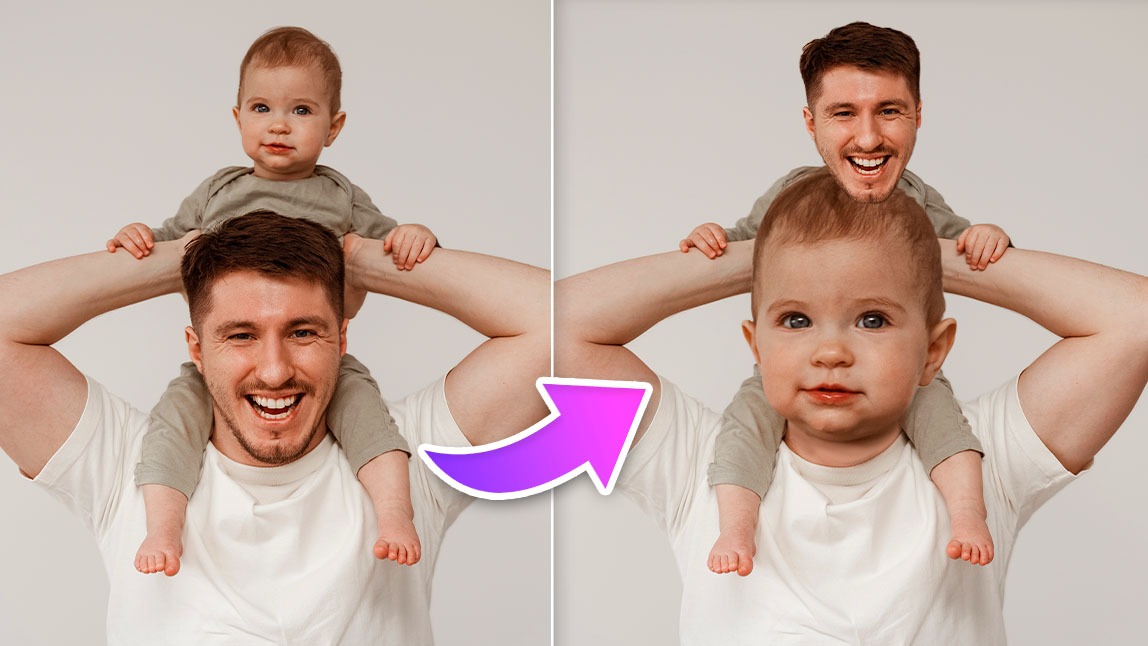Face swap technology has revolutionized the way we interact with images and videos. A particularly intriguing aspect of this technology is its handling of facial hair during the swapping process. In this detailed exploration, we delve into the mechanisms and challenges involved in swapping faces with facial hair.
Understanding the Face Swap Process
Initial Detection and Analysis
- The first step involves detecting faces in the images or videos using advanced algorithms. These algorithms identify key facial features, including the presence of facial hair.
- The technology then analyzes the texture, color, and pattern of the facial hair, which is crucial for a realistic swap.
Mapping and Alignment
- The next phase is mapping the contours and features of both faces, ensuring the facial hair aligns correctly with the new face.
- This step often requires intricate adjustments to account for differences in face shape and hair growth patterns.
Handling Facial Hair: Challenges and Solutions
Texture and Color Matching
- Matching the texture and color of facial hair between two faces is a complex task. The software must blend the hair seamlessly, avoiding noticeable color mismatches or texture inconsistencies.
Dealing with Different Hair Types
- Various facial hair types, like stubble, beards, or mustaches, present unique challenges. For instance, a dense beard requires different handling compared to light stubble.
- The software adapts its approach based on the type and density of facial hair.
Overcoming Differences in Shape and Size
- The varying shapes and sizes of facial hair must fit naturally onto the new face. This involves resizing and reshaping the hair to prevent unrealistic overlaps or gaps.

Advanced Features in Face Swap
Real-Time Processing
- Modern face swap applications, like Face Swap, offer real-time processing. This allows users to see the results instantly, making adjustments on the fly for better accuracy.
AI-Enhanced Adjustments
- Artificial intelligence plays a crucial role in enhancing the accuracy of facial hair swaps. AI algorithms learn from vast datasets, improving their ability to handle diverse facial hair styles and types.
User Control and Customization
- Users have the ability to make manual adjustments. This includes refining the placement and appearance of facial hair, ensuring a more personalized and realistic swap.
Conclusion
The handling of facial hair in face swap technology is a blend of sophisticated algorithms and user-centric features. By addressing the unique challenges posed by different types of facial hair, face swap applications offer a highly realistic and customizable experience. As the technology continues to evolve, we can expect even more seamless and accurate face swaps, making digital interactions more engaging and lifelike.
